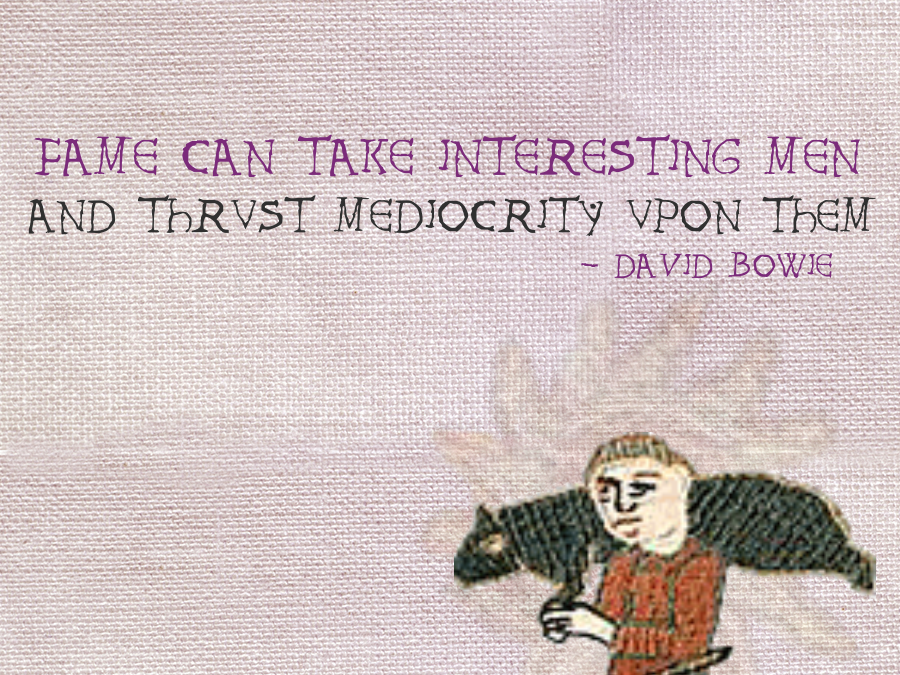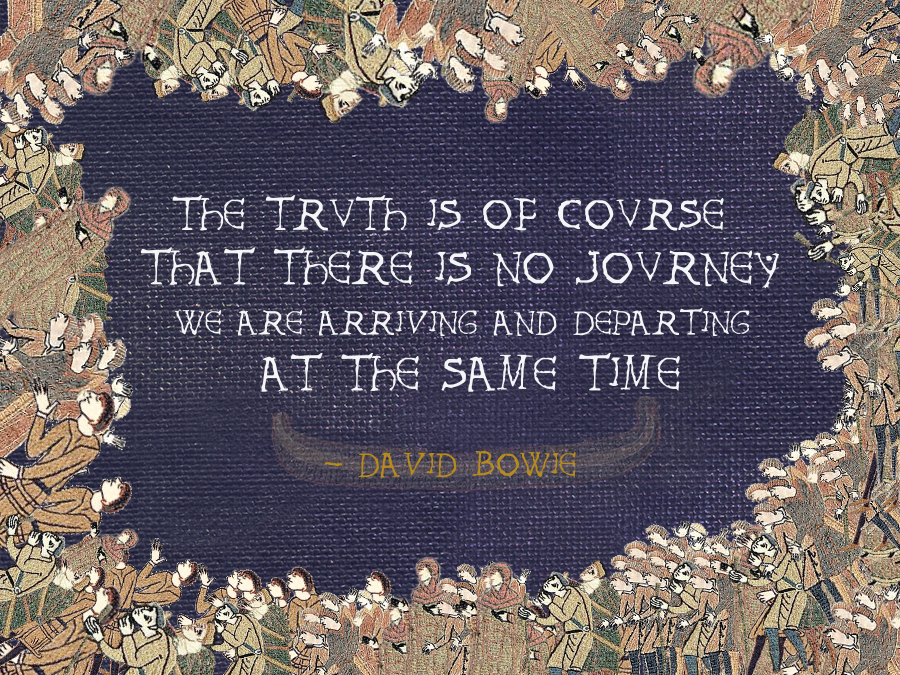“What is Bresson’s genre? He doesn’t have one. Bresson is Bresson,” wrote master filmmaker Andrei Tarkovsky in his seminal book Sculpting in Time. “The very concept of genre is as cold as the tomb.”
Nonetheless, Tarkovsky made two of the most praised, best-regarded science fiction films in cinema. Stalker is a metaphysical riddle wrapped in the trappings of a sci-fi thriller. In the verdant area called the Zone, ringed off by miles of barbed wire and armed soldiers, pilgrims come to behold an uncanny landscape ruled by a powerful, otherworldly intelligence. The film seemed to prefigure the Chernobyl disaster that happened years later and proved to be the unlikely inspiration for a video game.
Adapted from a novel by Stanislaw Lem, Solaris is about a space station that orbits a sentient planet that causes hallucinations in the cosmonauts. The hyper-rational protagonist, Kris Kelvin, is thrown for a loop when he is confronted by a doppelganger of his dead wife who killed herself years earlier. The logical side of him knows that this is a hallucination but he falls in love anyway, only to lose her again. Kelvin is caught in a hell of repeating the mistakes of his past.
Solaris was seen as a Cold War-era response to Stanley Kubrick’s 2001: A Space Odyssey. Both movies are mind-altering deep-space epics that raise more questions than they answer. Yet Tarkovsky hated 2001’s ostentatious use of cutting-edge special effects. “For some reason, in all the science-fiction films I’ve seen, the filmmakers force the viewer to examine the details of the material structure of the future,” he told Russian film journalist Naum Abramov in 1970. “More than that, sometimes, like Kubrick, they call their own films premonitions. It’s unbelievable! Let alone that 2001: A Space Odyssey is phony on many points, even for specialists. For a true work of art, the fake must be eliminated.”
Indeed, Tarkovsky seemed to deliberately half-ass the generic elements of film. He used leisurely shots of tunnels and highways of 1971 Tokyo to depict the city of the future. He devoted only a couple minutes of the film’s nearly three hour running time to things like spaceships. And you have to love the fact that the space station in Solaris has such distinctly unfuturistic design elements as a chandelier and a wood-paneled library.
Tarkovsky, of course, isn’t interested in science. He’s interested in art and its way to evoke the divine. And his primary way of doing this is with long takes; epic shots that resonate profoundly even if the meaning of those images remains elusive. Solaris opens with a shot of water flowing in a brook and then, later in the scene, there is a sudden downpour. The camera presses into a shot of a teacup filling with rain. It’s a beautiful, memorable, evocative shot. Maybe the image means something. Maybe its beauty is, in and of itself, its meaning. Either way, Tarkovsky forces you to surrender to his deliberate cinematic rhythm and his pantheistic view of the world.
In a piece called Tarkovsky Shot by Shot, video essayist Antonios Papantoniou dissects a few scenes from Solaris, breaking down each according to camera angle, shot type and duration while pointing out recurring visual motifs. “Diametrically different from Hollywood’s extravagant moviemaking Tarkovsky’s Solaris is in a cinematic universe of its own,” writes Papantoniou in one of the video’s copious intertitles. “Symbolic images and metaphysical manifestations are created and expressed in a poetic way where every visual detail matters.” Watching Shot by Shot, you get a real sense of just how beautifully his films unfold with those gorgeously choreographed long takes. You can watch the full video above.
Note: This post originally appeared on our site in June, 2015.
Related Content:
The Masterful Polaroid Pictures Taken by Filmmaker Andrei Tarkovsky
Tarkovsky’s Advice to Young Filmmakers: Sacrifice Yourself for Cinema
Andrei Tarkovsky’s Message to Young People: “Learn to Be Alone,” Enjoy Solitude
Jonathan Crow is a Los Angeles-based writer and filmmaker whose work has appeared in Yahoo!, The Hollywood Reporter, and other publications. You can follow him at @jonccrow. And check out his blog Veeptopus, featuring lots of pictures of vice presidents with octopuses on their heads. The Veeptopus store is here.







